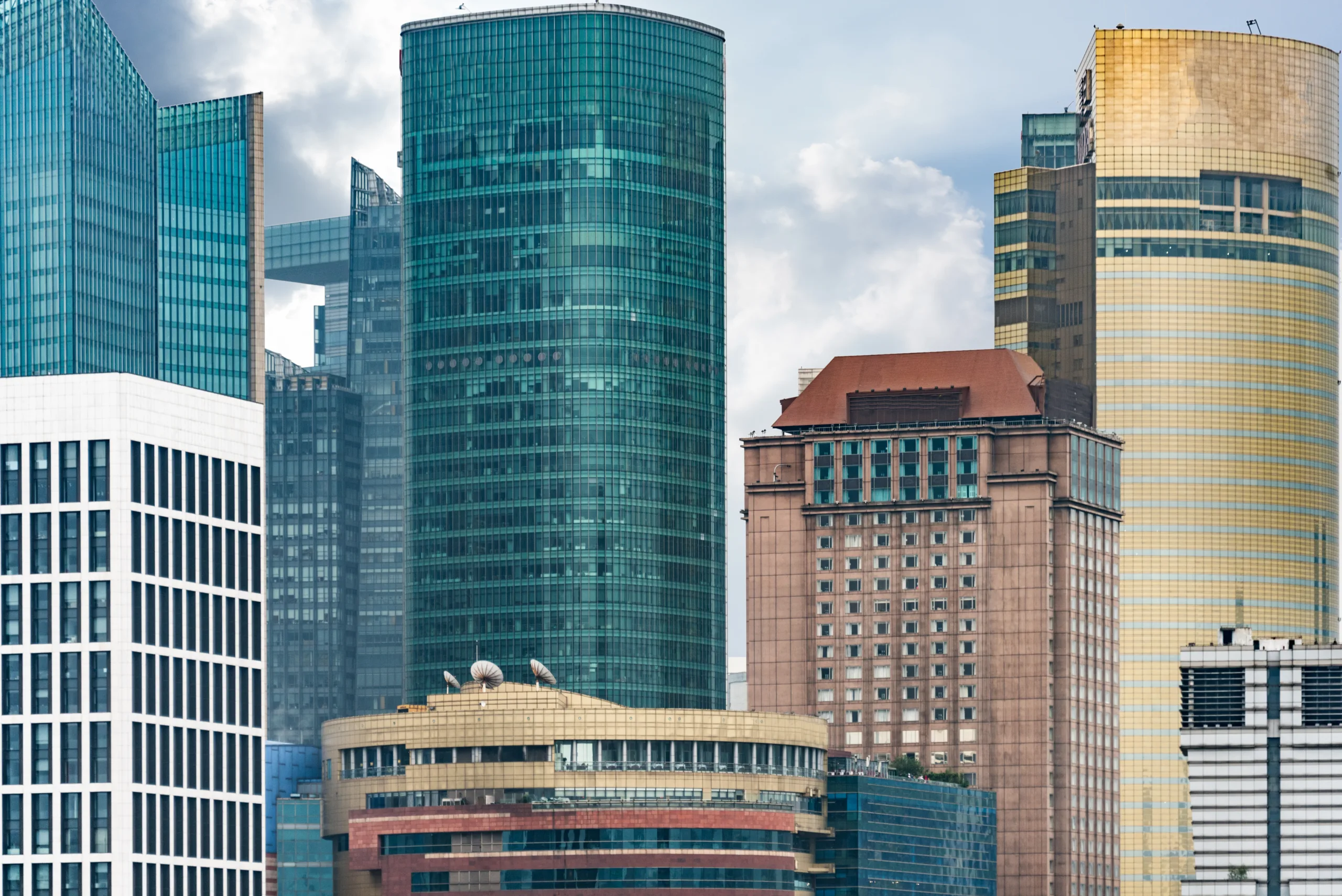- Emerging industrial markets are capturing national investor interest due to competitive fundamentals, connectivity, and infrastructure advantages.
- Cities like Boise, Omaha, and Dayton are benefiting from targeted public-private initiatives, modern logistics demand, and growing manufacturing footprints.
- Despite some vacancy spikes tied to speculative deliveries, long-term fundamentals remain strong across these markets as supply-demand dynamics recalibrate.
The Industrial Growth Map Is Shifting
Institutional capital is expanding beyond traditional industrial hubs, reports GlobeSt. A new class of markets is rising, shaped by infrastructure investment, affordability, and tenant demand. According to Colliers, these ten cities are emerging as the next wave of industrial growth centers — each with unique fundamentals and opportunities.
Get Smarter about what matters in CRE
Stay ahead of trends in commercial real estate with CRE Daily – the free newsletter delivering everything you need to start your day in just 5-minutes
Market Snapshot
- Boise, ID is leveraging its access to the Pacific Northwest and California, supported by tech and agricultural logistics demand. A recent rise in vacancy to 8.3% reflects heavy new deliveries, but absorption remains solid.
- Albuquerque, NM benefits from controlled supply and stable demand from federal and aerospace users. With a 3.3% vacancy rate, its build-to-suit focus has helped avoid the volatility seen in speculative-heavy markets.
- El Paso, TX is a major nearshoring beneficiary, delivering over 20M SF in five years. Vacancy has hit 14.1% due to rapid supply growth, but long-term fundamentals remain positive given its cross-border connectivity and manufacturing base.
- Omaha, NE continues to attract regional and national attention with its 2.3% vacancy rate and demand from food producers, data centers, and distributors. Its rail network and energy-cost advantages add to its appeal.
- Dayton, OH is growing its advanced manufacturing footprint, particularly in automotive and battery production. Public-private partnerships and tax incentives are supporting continued absorption near the airport.
- Huntsville, AL is seeing increased interest from military, tech, and data center users. Vacancy is currently 10.9%, driven by speculative deliveries, but population growth and low operating costs suggest resilience.
- Treasure Coast, FL has experienced a 43% expansion in industrial space over the past three years. Vacancy hit 13.8% but is trending down as construction slows and infrastructure improvements support absorption.
- Savannah, GA is riding the strength of its port and new manufacturing investments, including Hyundai’s EV plant. Vacancy stands at 11.3%, but strong job creation and supplier activity point to long-term demand.
- Norfolk, VA combines port access with military-driven logistics growth. Over 16M SF has been added in five years, pushing vacancy to 7.5%. Infrastructure upgrades and land constraints should support market balance.
- New Hampshire offers a cost-effective industrial option for users priced out of the Boston suburbs. With 6.2% vacancy and moderate absorption, it’s attracting value-add investors eyeing longer-term rebalancing.
Why It Matters
These emerging markets are becoming critical alternatives to high-cost, supply-constrained industrial hubs. Developers and investors are drawn by their connectivity, labor availability, and affordability, even in the face of rising vacancy in some areas. The long-term outlook remains strong as infrastructure investments and new demand drivers take hold.
What’s Next
As speculative construction slows and market fundamentals begin to settle, consequently, these secondary markets are well-positioned for the next phase of industrial expansion. At the same time, nearshoring, distributed supply chains, and evolving tenant preferences are reshaping the industrial landscape. As a result, these ten markets are well-positioned to benefit from these trends.
















